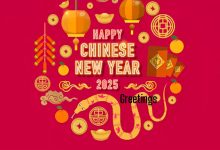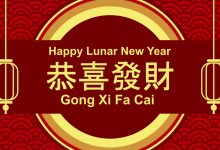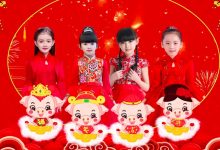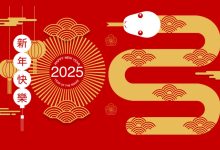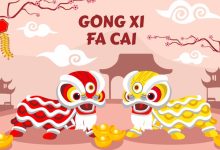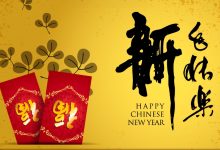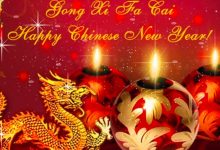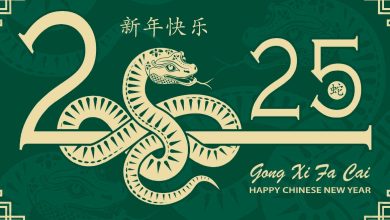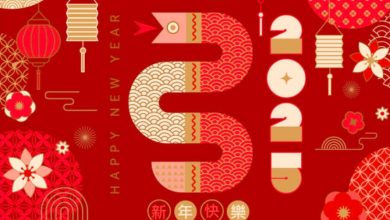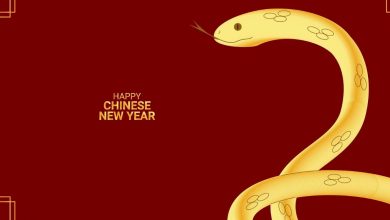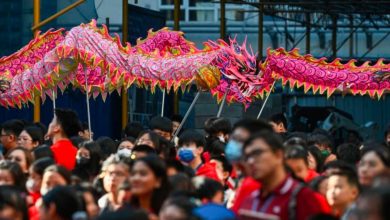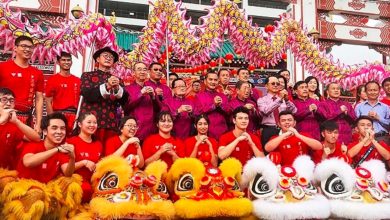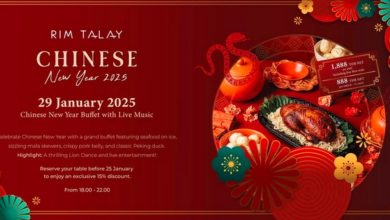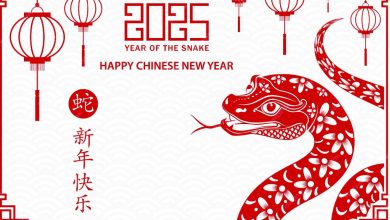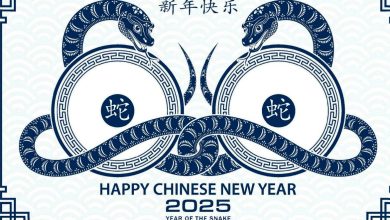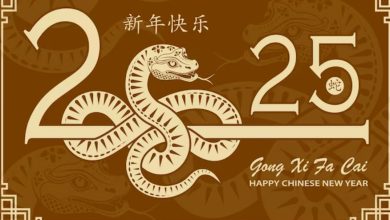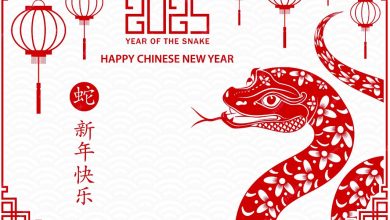Taiwan Chinese New Year 2025
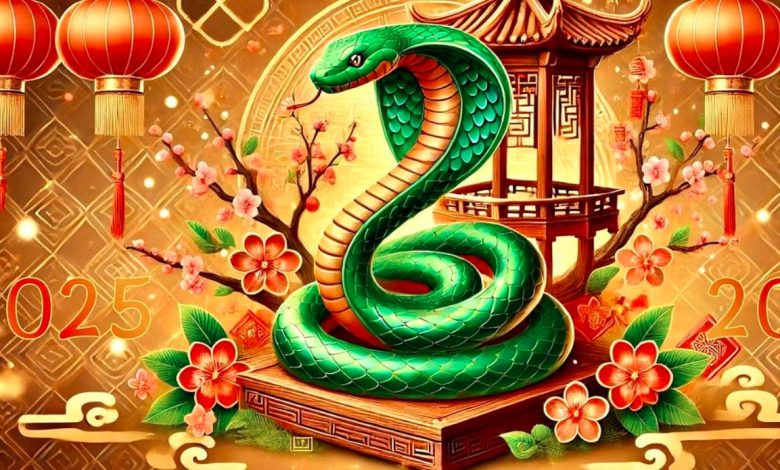
The Chinese New Year, known as “Chūnjié” (春节) in Mandarin or “Lunar New Year,” is the most significant holiday in Taiwan, celebrated with enthusiasm, family gatherings, and an array of traditional customs. Falling on January 29, 2025, the Chinese New Year marks the start of the Year of the Snake. This period, lasting about 15 days, is not just a time for welcoming the new year but also a deeply rooted cultural celebration of renewal, family bonds, and hope for prosperity.
In Taiwan, the Chinese New Year is an immersive experience that beautifully combines traditional Chinese practices with unique local customs. From elaborate temple rituals to bustling night markets, the island comes alive with festive energy that reflects its rich cultural heritage.
Preparations Before Chinese New Year
The preparations for the Chinese New Year in Taiwan begin weeks in advance, creating a festive atmosphere long before the holiday officially starts.
- Cleaning and Decorating:
One of the most important pre-New Year traditions in Taiwan is thoroughly cleaning homes. This symbolizes sweeping away misfortune and making room for good luck in the coming year. After cleaning, families decorate their homes with red couplets (春联), paper cuttings, and other ornaments that carry auspicious messages like “wealth,” “happiness,” and “longevity.” Red is the predominant color, symbolizing good fortune and protection against evil spirits. - Shopping at New Year Markets:
Special Lunar New Year markets, like the famous Dihua Street Market in Taipei, become bustling hubs for festive shopping. Vendors sell a variety of items, including traditional snacks, dried goods, fresh produce, and decorative items. Shoppers can also find specialty items, such as snake-themed souvenirs in 2025 to honor the zodiac animal of the year. - Buying New Clothes:
Families often purchase new clothes, especially in red or bright colors, to signify a fresh start. This is particularly important for children, who wear these outfits during New Year’s Day to symbolize growth and renewal.
Key Traditions of Chinese New Year in Taiwan
Taiwan’s Chinese New Year is marked by a series of events and practices that blend ancient customs with local adaptations.
1. Reunion Dinner (团圆饭)
The highlight of Chinese New Year’s Eve is the reunion dinner, where families gather to enjoy a lavish meal together. The dishes served are rich in symbolism:
- Fish (鱼): Represents abundance and surplus, as the Chinese word for fish sounds like “surplus” (余, yú).
- Dumplings (饺子): Shaped like ancient gold ingots, they symbolize wealth.
- Sticky Rice Cake (年糕): Its name sounds like “higher year,” signifying growth and prosperity.
- Hot Pot: Popular in Taiwan, it symbolizes unity and warmth as families share a communal dish.
2. Red Envelopes (红包)
During the New Year celebrations, elders give red envelopes (hóngbāo) filled with money to children and younger relatives. This gesture symbolizes blessings for good fortune and health. In Taiwan, it is also customary for employers to give red envelopes to their staff as a token of appreciation and good wishes for the year ahead.
3. Temple Visits and Worship
Temples across Taiwan are packed with worshippers during Chinese New Year. People visit to pray for good fortune, health, and prosperity. Some of the most famous temples, like Longshan Temple in Taipei and Qingshui Zushi Temple in Sanxia, hold grand ceremonies that attract thousands of visitors.
Special offerings are made to deities and ancestors, and temple-goers often consult fortune sticks or divination blocks to gain insights into the coming year.
4. Firecrackers and Fireworks
The loud noise of firecrackers is believed to drive away evil spirits and bad luck. Cities across Taiwan light up the night sky with spectacular firework displays, especially at iconic landmarks like Taipei 101, which hosts one of the most famous countdown events leading into the New Year.
Festive Activities During the New Year
Chinese New Year in Taiwan is much more than a private family affair; it’s a community celebration with various events and activities.
1. Lantern Festival (元宵节)
The Chinese New Year concludes with the Lantern Festival, held on the 15th day of the lunar calendar. In 2025, this falls on February 12. The festival is marked by the release of thousands of glowing lanterns into the sky, creating a breathtaking spectacle. The Pingxi Sky Lantern Festival, where participants write wishes on lanterns before releasing them, is one of Taiwan’s most iconic events.
2. Dragon and Lion Dances
Traditional dragon and lion dances are performed in streets, markets, and temples to bring good luck. Accompanied by the rhythmic beat of drums and cymbals, these performances symbolize strength and prosperity.
3. Night Markets and Street Food
Taiwan’s famous night markets become even more vibrant during Chinese New Year. Special holiday treats, such as pineapple cakes (凤梨酥), sweet rice balls (汤圆), and candied fruits, are sold alongside regular street food fare.
Unique Taiwanese Customs
Taiwan has its own special Lunar New Year customs that set it apart from celebrations in other parts of the Chinese-speaking world:
- Welcoming the Gods: In Taiwan, the 5th day of the Chinese New Year is reserved for welcoming the God of Wealth (财神). Businesses reopen on this day, and people perform rituals to invite prosperity for the year.
- Eating Vegetarian on New Year’s Day: Many Taiwanese families eat vegetarian meals on the first day of the New Year to purify their bodies and minds.
Traveling to Taiwan for the Chinese New Year
For visitors, experiencing Chinese New Year in Taiwan is an unforgettable adventure. While major cities like Taipei, Taichung, and Kaohsiung are full of festive activities, rural areas and small towns also offer unique experiences, such as traditional village rituals and indigenous celebrations.
Travelers should note that public transportation and accommodations may be busier than usual during this time, as many Taiwanese return to their hometowns to celebrate with family.
